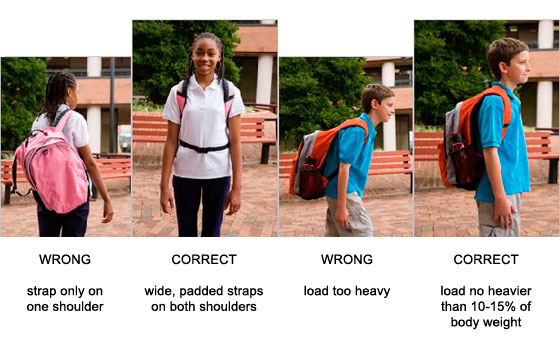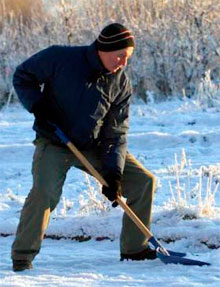As spring approaches, so does the start of the baseball season. With this we tend to see an increase in injuries, especially shoulder and elbow problems in young baseball players. According to the American Academy of Orthopedic Surgeons, almost 500,000 baseball related injuries are treated in health care facilities each year. It is very important that we educate athletes, parents and coaches on how to avoid shoulder and arm injuries.
- Athletes of all ages need to be taught to be aware of how their bodies feel. Pain is the first sign of a problem and athletes should pay close attention to any muscle twinge, tightening, or burning sensation they may experience.
- Always take the time to warm-up and stretch. A basic stretching regimen should be used before a player picks up a ball. For example: Jog, cycle or do jumping jacks for 3-5 minutes to get the blood flowing. Then stretch slowly and gently, holding each stretch for 30 seconds. Pitchers should concentrate on stretching their arms, shoulders and neck in addition to stretching their legs. Please consult a physical therapist, certified athletic trainer or other medical professional if you have questions concerning appropriate stretching programs.
- Players should start with short tosses and gradually work up to throwing the ball a greater distance. Increasing the speed of the throw should be the last step.
- For pitchers, remember there is a limit to the number of pitches thrown. The table below outlines the recommended maximum number of pitches based on age according to the Cleveland Clinic Sports Health Staff. Reproduced with the permission of Jen Bleuter, Administrator of Research at the Cleveland Sports Health Clinic.
Recommended Maximum Number of Pitches
| Age |
Maximum Pitches per Game |
Maximum Games per Week |
| 8-10 |
50 |
2 |
| 11-12 |
65 |
2 |
| 13-14 |
75 |
2 |
| 15-16 |
90 |
2 |
| 17-18 |
105 |
2 |
If you experience soreness or pain after playing, apply ice to the area for 10-15 minutes to decrease inflammation, pain and muscle spasm. If pain persists for more than a few days, contact your physician or physical therapist.
Heather Torris, DPT, ATC
Oakmont Orthopaedic & Sports Physical Therapy Center
Member of the American Physical Therapy Association




